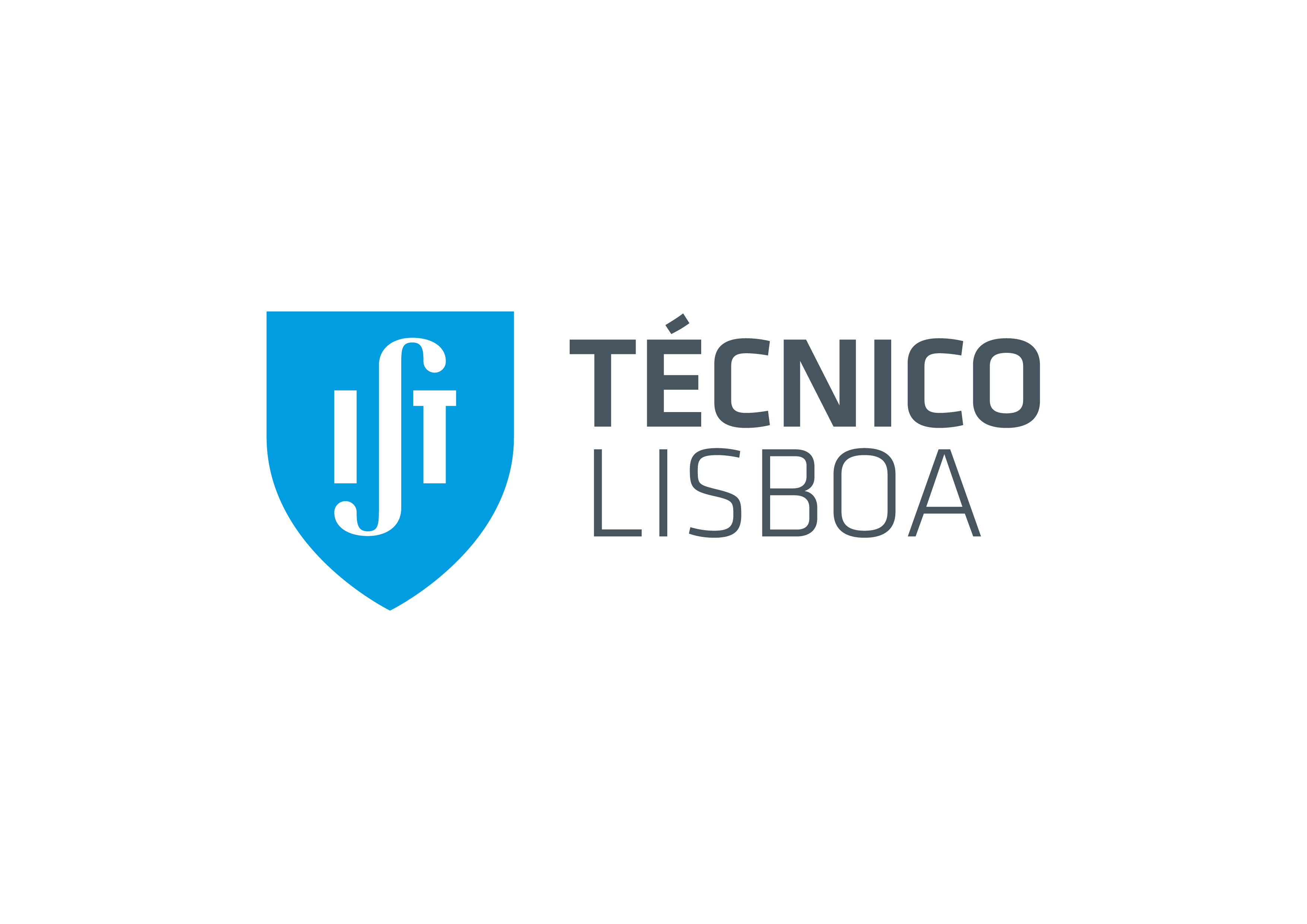Water Efficiency in homes: the socio-technical efficiency of showerheads
This study investigates the socio-technical efficiency of shower heads as a determinant for their efficiency in-use.
This work continues the Demystifying the Shower Experience project, which is a wide-ranging body of work, which aims to understand the socio-technical efficiency of showerheads. It uses complementary research methods and approaches such as mathematical/statistical modelling, laboratory experiments and in-home trials to quantitatively/qualitatively investigate how the user, perceptual and experiential factors affect the extent to which eco-showers are efficient-in-use.
This project is undertaken in collaboration with colleagues at the University of Brighton, University of Aveiro and IST-University of Lisbon.
Project outline
This unsustainable water use relative to population growth is an increasing cause for concern and attention. Water use habits have also evolved in line with sociological and economic factors, and less in line with environmental/resource constraints. Although water challenges are less apparent in developed countries, particularly due to advancements in municipal water supply systems, the need for water use efficiency remains important. Technological solutions, behavioural interventions and financial incentives targeted at users were shown, to varying degrees of success, to help deliver water use efficiency in homes. In addition to water efficient behaviours, promoting use of water efficient fixtures have been successful in some communities resulting in up to 35% of indoor water savings.
Water technologies and products are useful for achieving targeted water savings in domestic and personal water use. Taps, showers, baths and toilets are necessary for sanitation and health but can also promote water waste due to poor design, installation and use. Research has found that the satisfaction levels of the participants in water efficiency trials including retrofitted high efficiency fixtures closely correlated with the achieved water savings.
Therefore, this study focuses on the socio-technical efficiency of showerheads as a determinant for its efficiency in-use. It presents laboratory findings of temperature and flow distribution of showerhead as an indicator of the potential to propagate due to water loss, and the perceived satisfactions that could be derived by the user because of using these products.
Science
Functionality mismatch i.e. the desired functionalities and delivered functionalities, can occur and affect context in which the product is used, and can result in what can be referred to as unwanted or anticipated side effects. Studies such as this contribute to the better understanding of sustainability mismatch in water efficient products against user preferences and use behaviours. The laboratory and user experiments on showerheads makes it possible to further determine factors that promote the efficiency of design and use of the showerhead; in turn promoting sustainable development.
Impact
The study continues to find that the range of the environmental performance of resource using products such as showerheads, are affected by product design and use. Use factors are influenced by the extent to which the product satisfies user performance expectations in addition to meeting environmental benchmarks and standards. Therefore, it is important to understand water efficient product design and performance standards individually and in conjunction with user preferences in order to determine the extent to which it is wholly water efficient.



